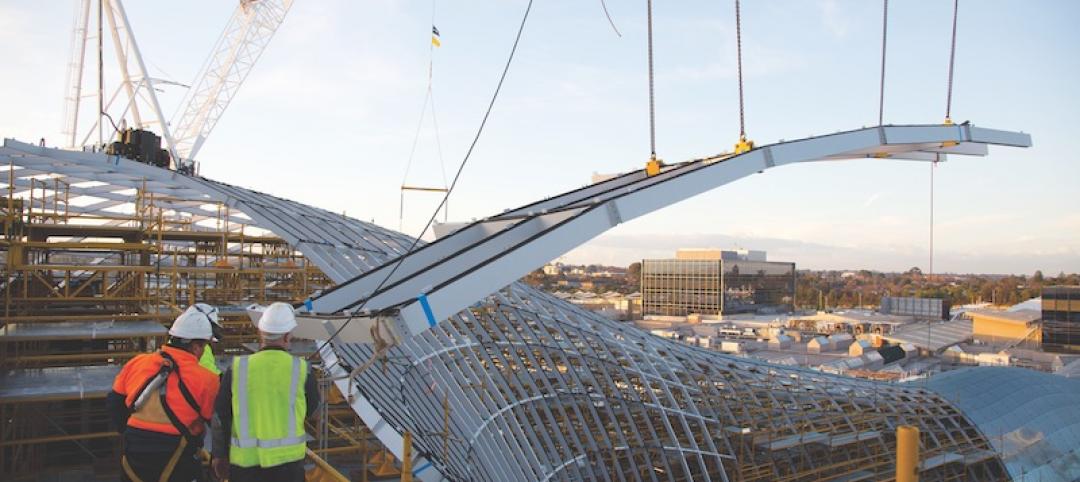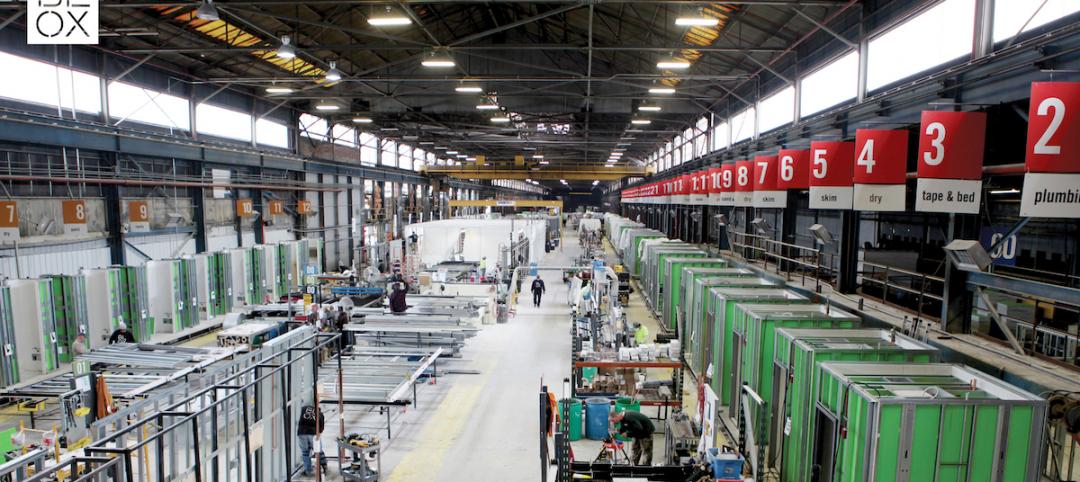When people talk about digital twin, it’s usually in the context of a single product or building. But Michael Jansen’s ambition is to digitally replicate the entire world, or at the very least every smart city.
Jansen is Chairman and CEO of Chicago-based Cityzenith, whose Smart World suite of 5D software platforms map and visualize data provided by metropolises to an intuitive real-time 3D simulation.
Cityzenith brought Smart World to market in 2009 and rolled out its latest version, Smart World Pro, last year. Users of the newer product can aggregate BIM, CAD, GIS tools, spreadsheets, documents, sensor feeds, and even social media posts, all of which can be dragged and dropped onto the platform.
Jansen describes Smart World Pro as “a design-to-demo digital twin,” whose features include an all-in-one dashboard, universal data importing, a natural language search, and a “Mapalyze” app suite of analytical tools that allows users to run project analysis “on the fly” and export and share results quickly. An application from Unity Technologies that powers the platform’s back end provides greater flexibility, says Jansen.
Smart World Pro pulls data from a variety of sources, including large building owners (one of the platform’s users is Cushman & Wakefield), large AEC firms, data streams from IoT sensors, and public information services for cities, counties, and states.
Cityzenith has amassed curated public and commercial data sets for “several thousand” cities, and fully loaded 3D models for “hundreds” in a dozen countries. Last December, the Indian state of Andhra Pradesh selected Smart World Pro as its 3D City Information Model for the development of Amaravati, a new $6.5 billion smart city capital that Foster + Partners and Surbana Jurong have designed.
“Amaravati will be born as a digital twin, the first entire city that I know of to do that in the world,” says Jansen.
Smart World Pro is also being used for Hinkley Point, a 3.2-gigawatt power plant that is the largest infrastructure project in the U.K.
Cityzenith takes what Jansen calls an “enterprise approach” to its pricing. First-time customers can get their foot in the door with a $20,000 package. Using the platform for projects costs between $30,000 and $75,000, and mapping metros can run into the hundreds of thousands of dollars.
The company has raised more than $10 million and is profitable to the point where currently it isn’t seeking investor capital. As for growth, Cityzenith has somewhere between 30 and 40 customers, but Jansen is thinking much bigger when he says his platforms target “everyone in the building industry” that manages assets.
“The problem that Smart World Pro solves is the complete lack of interoperability among tools,” says Jansen. “The industry needs a single pane of glass for all of the tools being aggregated.”
Related Stories
Digital Twin | Mar 15, 2019
Digital twin applications: 7 steps to a better-managed jobsite
Automated progress monitoring and optimizing equipment usage are among the potential applications for digital twin technology on construction jobsites.
Digital Twin | Mar 15, 2019
The Gemini Factor: Digital twin tech enters the AEC market
AEC firms explore how digital twin technology can bring more consistency to the design process and construction site.
Building Tech | Mar 13, 2019
Almost everything you wanted to know about industrial construction
Our experts offer 15 tips on how best to perform factory-based construction.
Building Tech | Feb 18, 2019
Investing — and building — smarter
Edge Technologies has entered into alliances with the International WELL Building Institute and wellness-focused real estate developer Delos.
Building Tech | Feb 14, 2019
The epic rise of industrialized construction
Experts project that prefabrication and modular construction will total $209 billion by the end of the decade.
Building Technology | Dec 20, 2018
Autodesk is spending $1.15 billion to acquire two construction tech providers
PlanGrid and BuildingConnected are the latest pieces in the company’s quest to digitize the construction industry.
3D Printing | Dec 7, 2018
Additive manufacturing heads to the jobsite
Prototype mobile 3D printing shop aims to identify additive manufacturing applications for construction jobsites.
Building Tech | Sep 6, 2018
19 decommissioned shipping containers become downtown Phoenix’s hottest marketplace
September 1 marked the opening of downtown Phoenix’s newest restaurant and retail marketplace—and its latest commercial construction project to utilize decommissioned shipping containers as its primarily building form.
Modular Building | Jul 23, 2018
Offsite construction: Why it’s important for the survival of your firm
The industry is approaching its “heart attack moment,” with so many large projects that are chronically late, over budget, and unprofitable, writes FMI Capital Advisors’ Michael Swistun.
Accelerate Live! | Jun 24, 2018
Watch all 19 Accelerate Live! talks on demand
BD+C’s second annual Accelerate Live! AEC innovation conference (May 10, 2018, Chicago) featured talks on AI for construction scheduling, regenerative design, the micro-buildings movement, post-occupancy evaluation, predictive visual data analytics, digital fabrication, and more. Take in all 19 talks on demand.
















